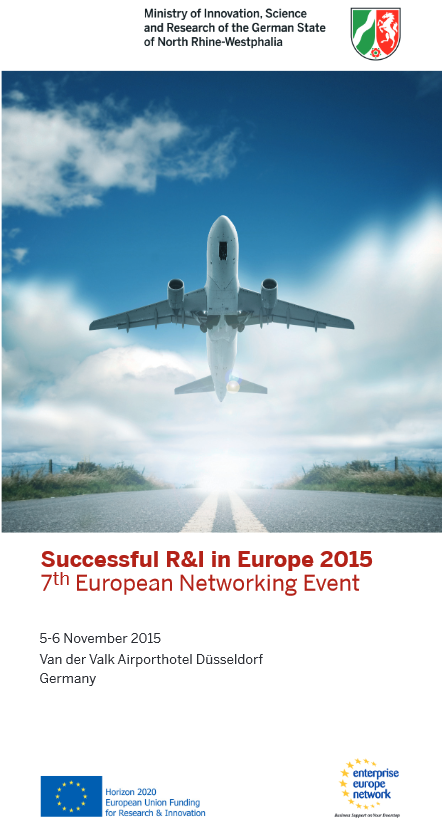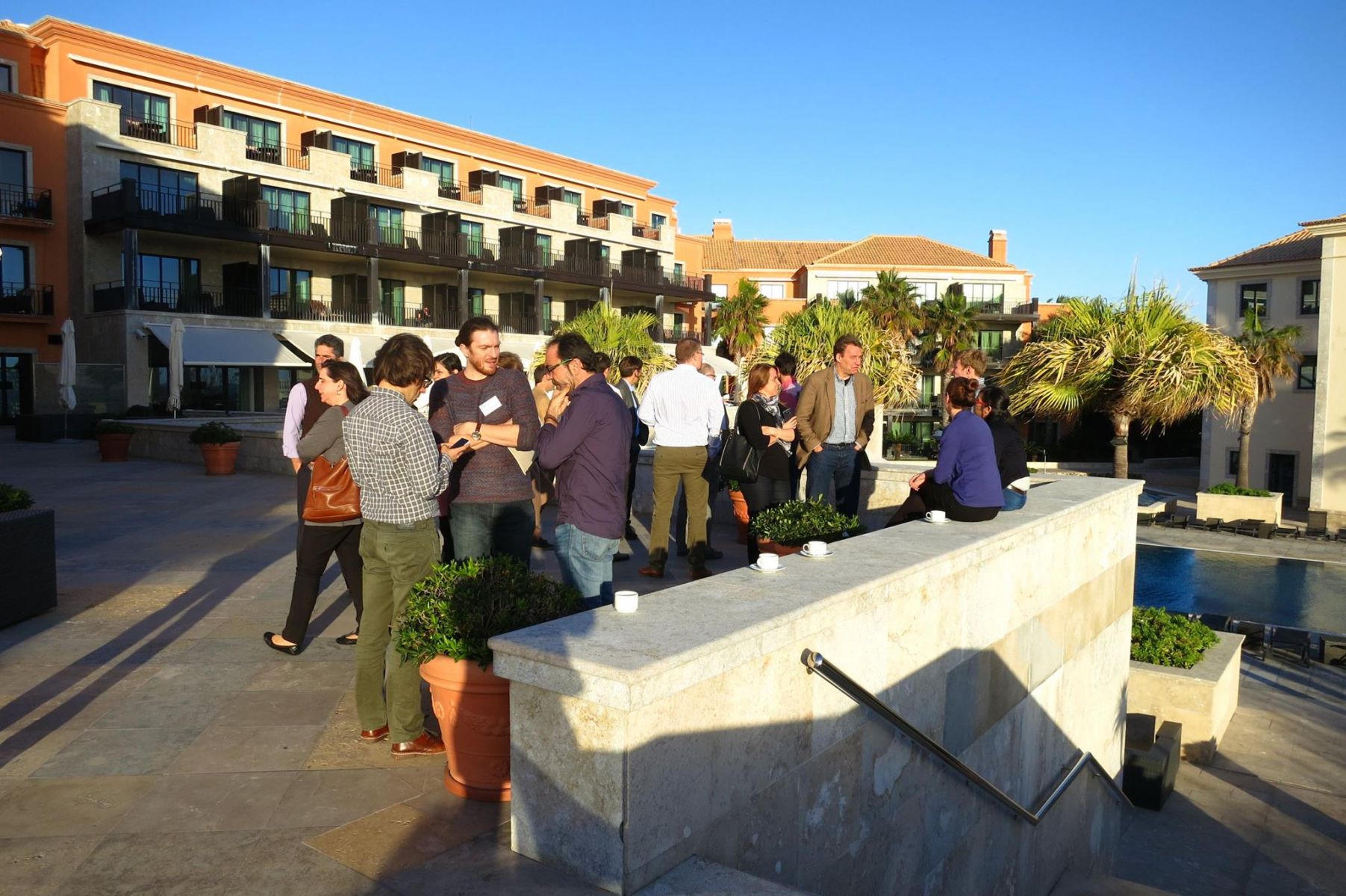Microplastics profile along the Rhine River
Thomas Mani, Armin Hauk, Ulrich Walter & Patricia Burkhardt-Holm
Isocost Lines Describe the Cellular Economy of Genetic Circuits
Andras Gyorgy , José I. Jiménez , John Yazbek , Hsin-Ho Huang , Hattie Chung , Ron Weiss , Domitilla Del Vecchio
The P4SB 1st General Assembly incl. a joint meeting with EmPowerPutida is taking place

Read more … The P4SB 1st General Assembly incl. a joint meeting with EmPowerPutida is taking place
9th International Conference on Bio-based Materials
Venue: 5 - 6 April 2016, Maternushaus, Cologne, Germany

Read more … 9th International Conference on Bio-based Materials
Workshop on Synthetic Biology in Luxembourg
Venue: 10 December 2015, La Maison Du Savoir Belval, Esch an der Alzette, Luxembourg

Successful R&I in Europe 2015
Venue: 5 - 6 November 2015, Van der Valk Airporthotel, Düsseldorf, Germany




